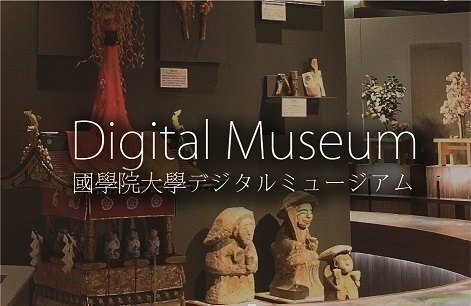- トップ
- Encyclopedia of Shinto
- Shōroku Shintō Yamatoyama
Encyclopedia of Shinto
| Main Menu: | |
| Links: |
詳細表示 (Complete Article)
| カテゴリー1: | 8. Schools, Groups, and Personalities |
|---|---|
| カテゴリー2: | Modern Sectarian Groups |
| Title | Shōroku Shintō Yamatoyama |
| Text | A Shinto-derived new religion founded by Tazawa Seishirō (1884-1966), and based on his personal experience of dedicating a shrine to a "mountain kami" (yama no kami) in 1919, witnessing extraordinary astronomical phenomena, and hearing divine voices. During the religion's earliest period, Tasawa healed people through a simple laying-on of hands, and thus became known as the "tanagokoro no kamisama" (lit., "kami of the open hand"). He also visited the headquarters of Ōmoto at Ayabe (in Kyoto Prefecture) and stayed for three days in June 1920. In 1922 his second daughter experienced divine revelations and received a transmission of revealed scriptures. In turn, Tasawa withdrew from the everyday world and devoted himself to religious practice as he interpreted these revelations. In 1929 Tazawa began publishing the newsletter Eien no tōka (Eternal Light) in response to wishes from devotees who could not travel to meet him, and on January 5 of the following year he established the association Shōroku Shintō Yamatoyama-kai as a means of providing followers with appropriate guidance in moral training and thought. In 1931 Tasawa successfully completed a twelve-year regimen of austerities and began to devote himself to proselytization. As Japan's defeat in World War II loomed nearer, he temporarily interrupted his proselytizing efforts, but after his eldest son Yasusaburō (1914-1997) returned from Tokyo, the movement began to develop its facilities and in 1949 it recommenced active teaching work. Members of the group also farmed the land on its property, making the movement virtually self-supporting and self-sufficient. In 1955 the group opened the Seikatsu Gakuen Yamatoyama Shōfū Juku (Yamatoyama Shōfū [lit., "wind in the pines"] School for Life Education) and completed the construction of its main hall of worship and a repository for the ashes of the dead. In 1969 the movement acquired a tract of land 1850 hectares in size as a sacred site and has proceeded with a reforestation project there. At present, around 300 people, including the pupils of the high school affiliated to the movement, pursue a communal lifestyle at its headquarters. In terms of doctrines, the movement emphasizes the performance of memorial services for the spirits of the dead; practices include the performance of cold-water ablutions under a waterfall (called the Fudō Falls) found at the headquarters, and the performance of charitable voluntary work called geza no gyō, (lit., "humbling practice") and sokka no gyō (lit., "practice at one's feet"). The movement is also actively involved with the Shin Nihon Shūkyō Dantai Rengōkai (Federation of New Religious Organizations of Japan) and the Sekai Shūkyōsha Heiwa Kaigi (World Conference of Religions and Peace). The group has introduced a variety of movements, such as the sanpō no gyō (lit., "three offerings," the making of small three daily offerings of a minimum of one yen each) on behalf of kami, the nation, and humans in general, fasting one meal per month as a suppression of personal desire, and refugee relief and leprosy relief campaigns throughout Asia. Headquarters: Aomori Prefecture Nominal membership: approximately 6,000 (M) —Yumiyama Tatsuya |




